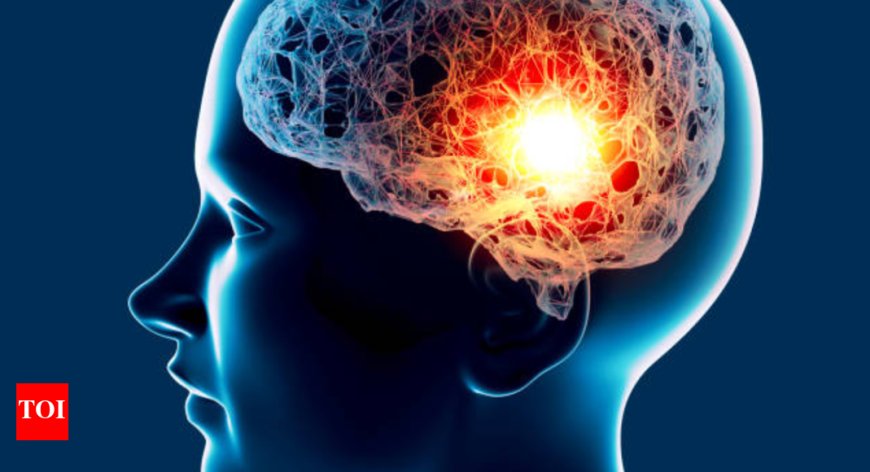Understanding Brain Aneurysms: What You Need to Know
Learn about the causes of brain aneurysms, how they can lead to a hemorrhagic stroke, and tips for prevention and awareness. Discover why it's important to manage blood pressure, avoid tobacco and excessive alcohol, control diabetes and cholesterol levels, consider preventive imaging if there's a family history, and seek immediate care for symptoms like nausea, impaired vision, or severe headaches.

Most of us don’t think about brain aneurysms until we hear a scary story: someone young, seemingly healthy, suddenly collapses from a “burst vessel in the brain.” It sounds terrifying, and it is. But what actually causes a brain aneurysm? And is it something you should worry about?
First, a brain aneurysm is like a little balloon or bubble that forms in a weak spot of a blood vessel in your brain. Over time, that weak spot can swell—and if the pressure gets too high, it can burst. When it does, it causes bleeding in the brain, also known as a hemorrhagic stroke. But here’s the kicker: most aneurysms don’t burst. In fact, many people have one and don’t even know it.
And while it’s easy to think that stress alone causes aneurysms (we've all heard those myths), it’s usually more about what long-term stress does to your blood pressure and habits—like smoking or skipping doctor visits.
A weak or thin area in a blood vessel in the brain that swells or balloons out and fills with blood is called a brain aneurysm, sometimes referred to as a cerebral aneurysm. A potentially fatal condition known as subarachnoid hemorrhage (bleeding in the area surrounding the brain) may result from its rupture, says Dr Praveen Gupta, Chairman, Marengo Asia International Institute of Neuro & Spine (MAIINS), Marengo Asia Hospitals, Gurugram. \"The unpredictable nature of brain aneurysms makes them especially deadly; many people are not aware they have one until they suddenly fall or have a terrible headache. In high-risk groups, especially those with a family history or lifestyle risk, we at Marengo Asia Hospitals place a strong emphasis on early detection. Thanks to developments in microsurgical and neuroimaging methods, aneurysms can frequently be identified and treated before they burst,\" he adds and shares the causes of the disease.
Brain aneurysm causes:
- Blood vessel wall weakness
- Hypertension (high blood pressure)
- Atherosclerosis
- Smoking
- Hereditary and genetic conditions
- Trauma or injury
- Substance abuse, particularly cocaine use
- Gender and age
Tips for prevention and awareness:
- Keep an eye and manage blood pressure
- Steer clear of tobacco and excessive alcohol
- Control diabetes and cholesterol levels
- Family history-Think about getting preventive imaging
- Get care right away if you experience symptoms including nausea, impaired vision, or an intense headache
According to the source: Times of India.
What's Your Reaction?
 Like
0
Like
0
 Dislike
0
Dislike
0
 Love
0
Love
0
 Funny
0
Funny
0
 Angry
0
Angry
0
 Sad
0
Sad
0
 Wow
0
Wow
0
























































































































































